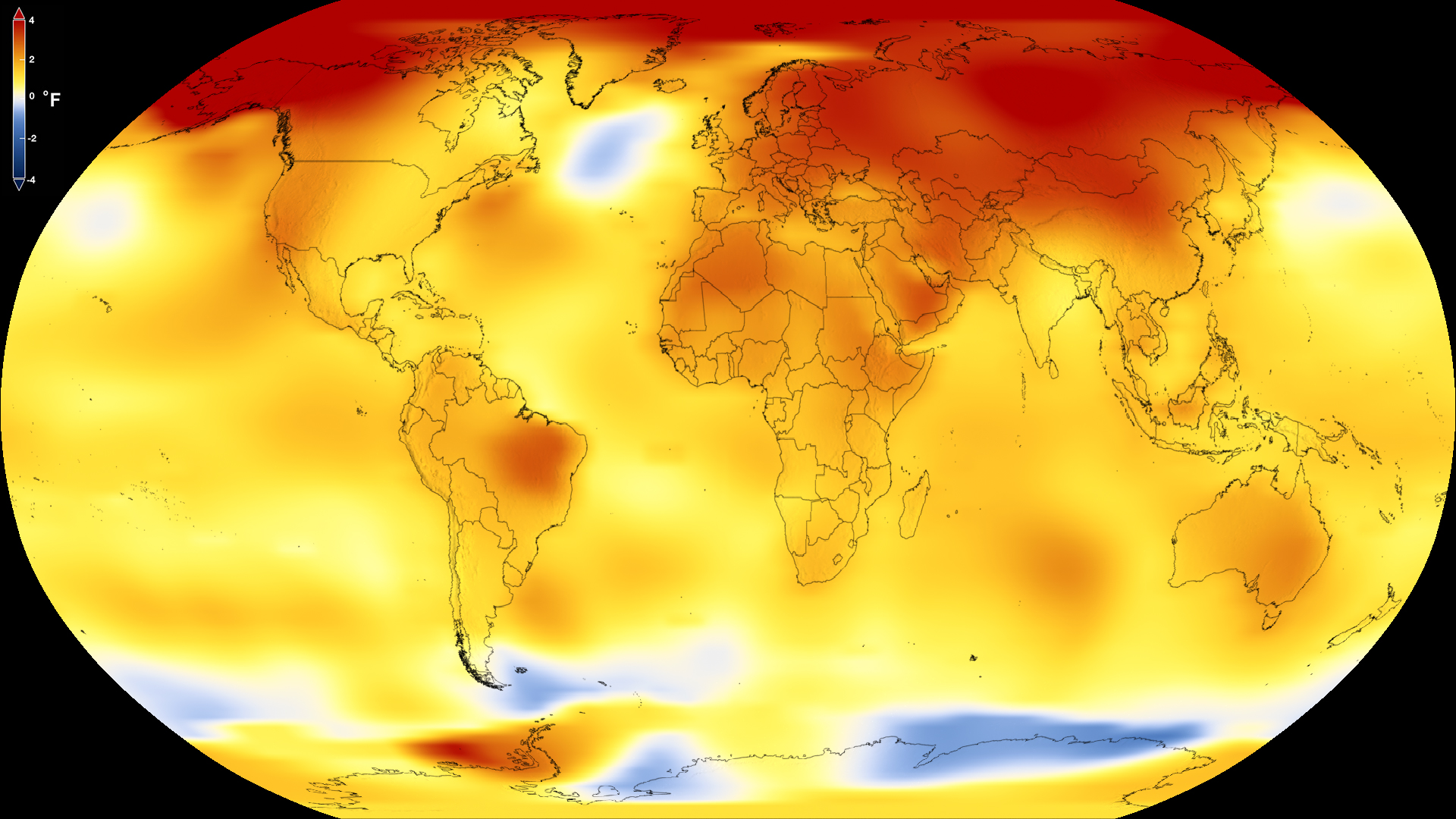2017 was second-warmest year on record, says NASA
The five warmest years on record have all occurred since 2010.

Global surface temperatures in 2017 were the second warmest on record, the National Aeronautic and Space Administration announced in a new report last week.
That’s second only to 2016, currently the warmest year on record. The five warmest years on record have all taken place since 2010.
“Despite colder than average temperatures in any one part of the world, temperatures over the planet as a whole continue the rapid warming trend we’ve seen over the last 40 years,” Gavin Schmidt, director of NASA’s Goddard Institute for Space Studies, said in a statement Jan. 18.
According to NASA, global temperatures in 2017 were about 0.9 degrees Celsius warmer than the 1951 to 1980 mean temperature used as a baseline, and are believed by scientists to be 95 percent accurate.
Last year was also the third consecutive year when global temperatures were more than one degree C. above 19th-century levels.
The warming trends are strongest in the Arctic, NASA said, contributing to 2017 also having the second-lowest sea ice extent on record.
Global weather phenomena, like the cooling and warming effects of El Niño and La Niña, caused variations in 2017’s weather data, NASA said.
But scientists added that if those variations were removed from the weather data, last year would have overtaken 2016 as the warmest year on record.
NASA’s announcement follows a separate study by the United States’ National Oceanic and Atmospheric Administration proclaiming 2017 as the third-highest year on record since scientists began collecting global weather data in 1880.
The discrepancy between the two reports is due to the different methods used by the agencies to analyze temperature data, NASA said.
According to the NOAA report, record high sea-surface temperatures contributed to last year producing the second-lowest ice extent in the Arctic since 1979. The lowest-ever sea ice extent was recorded in 2016.